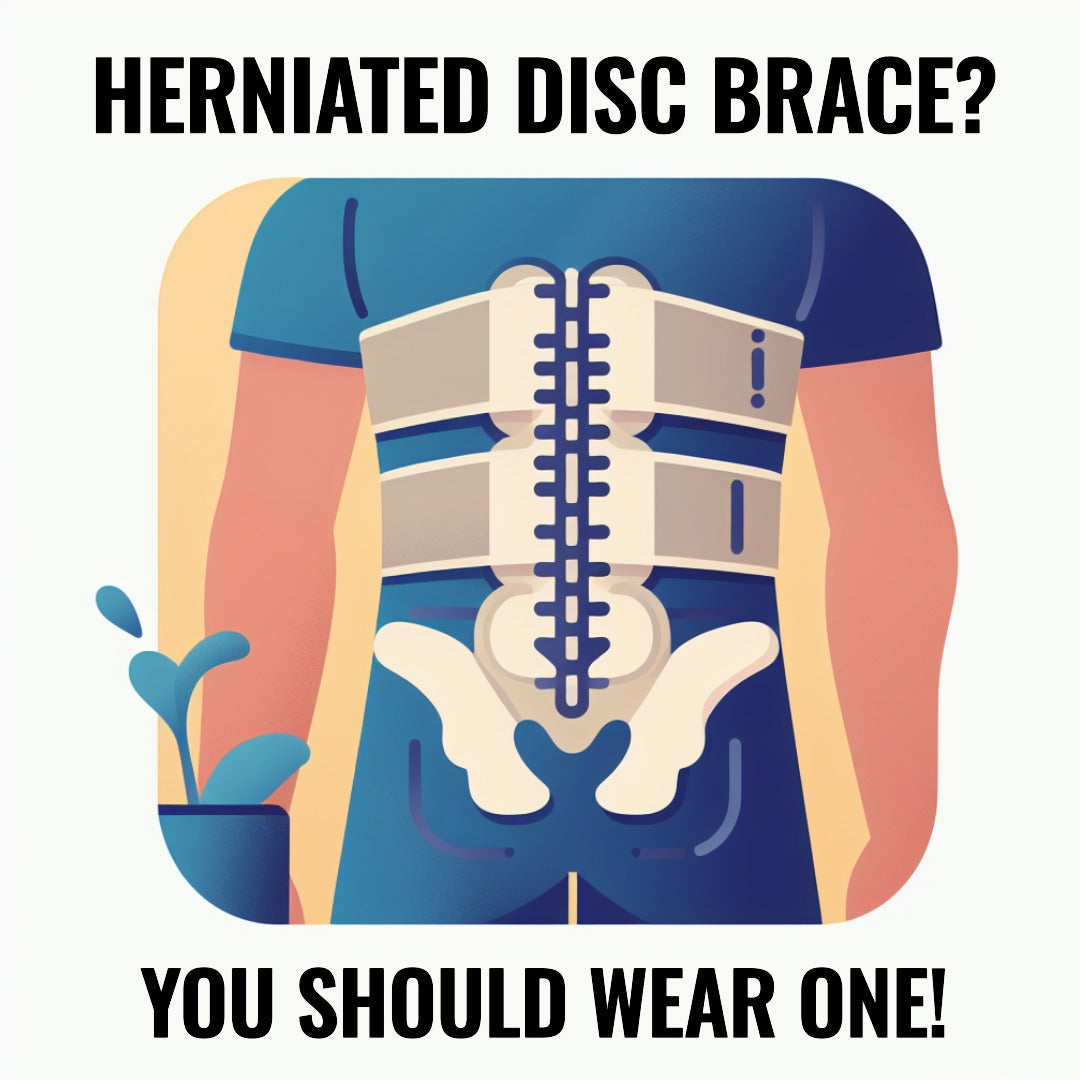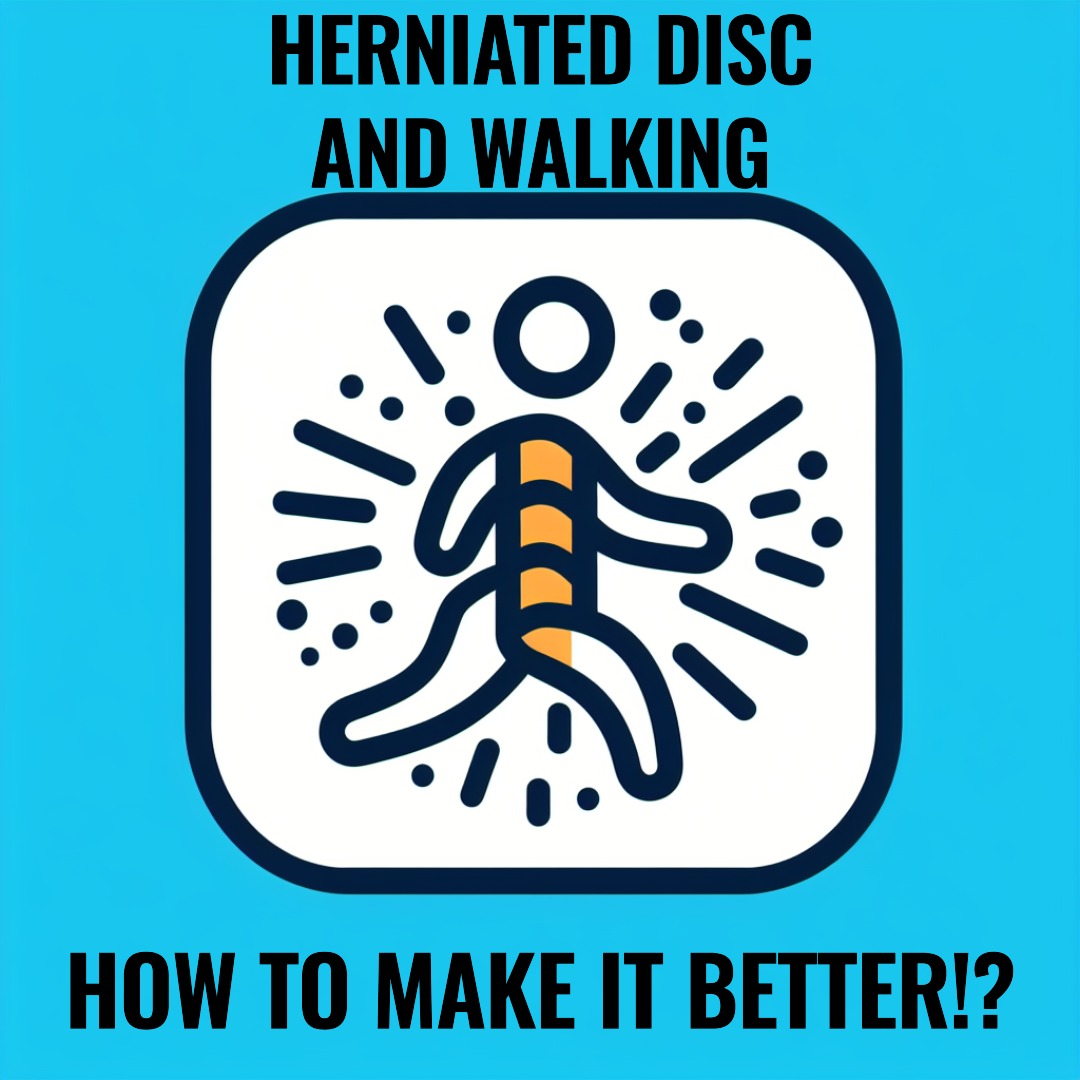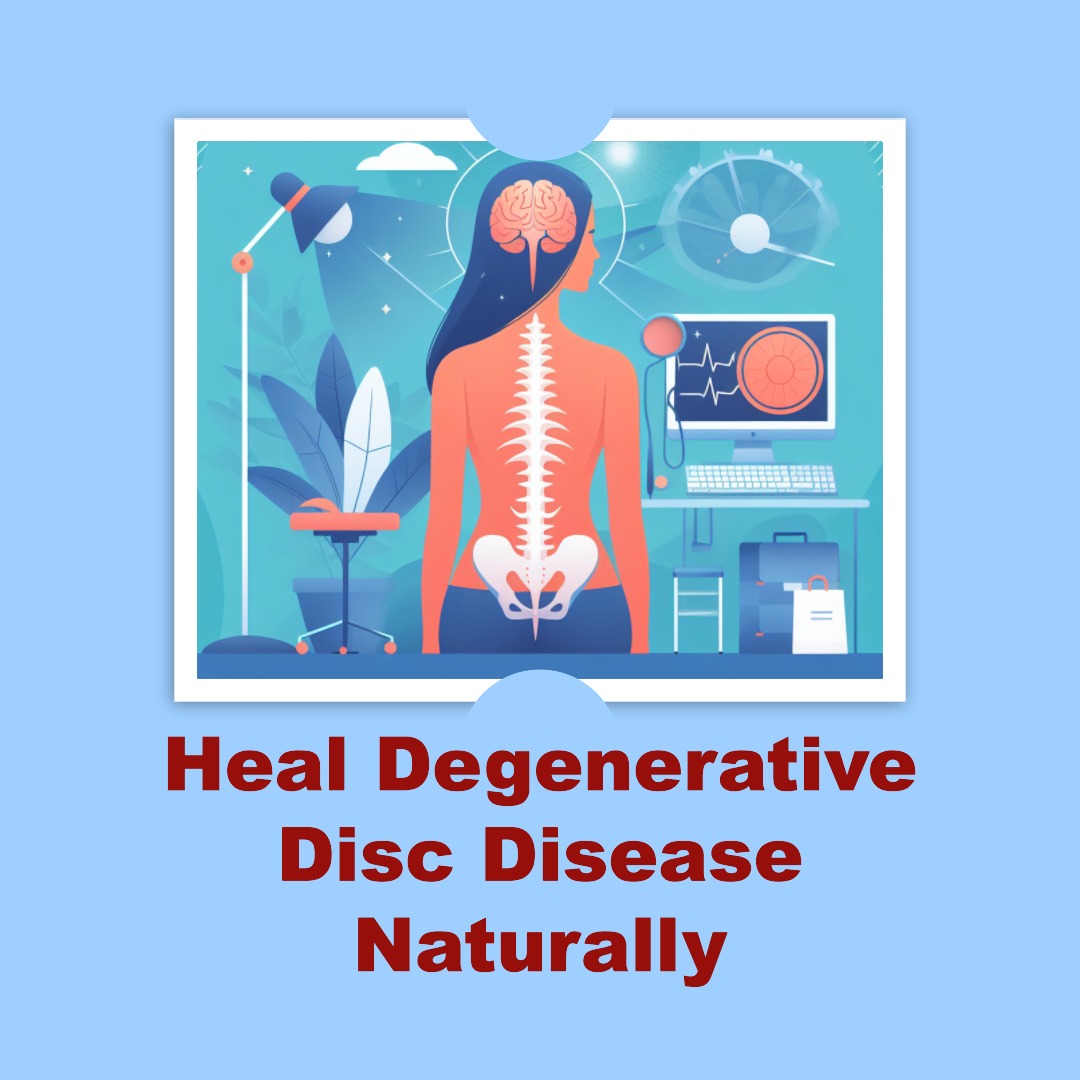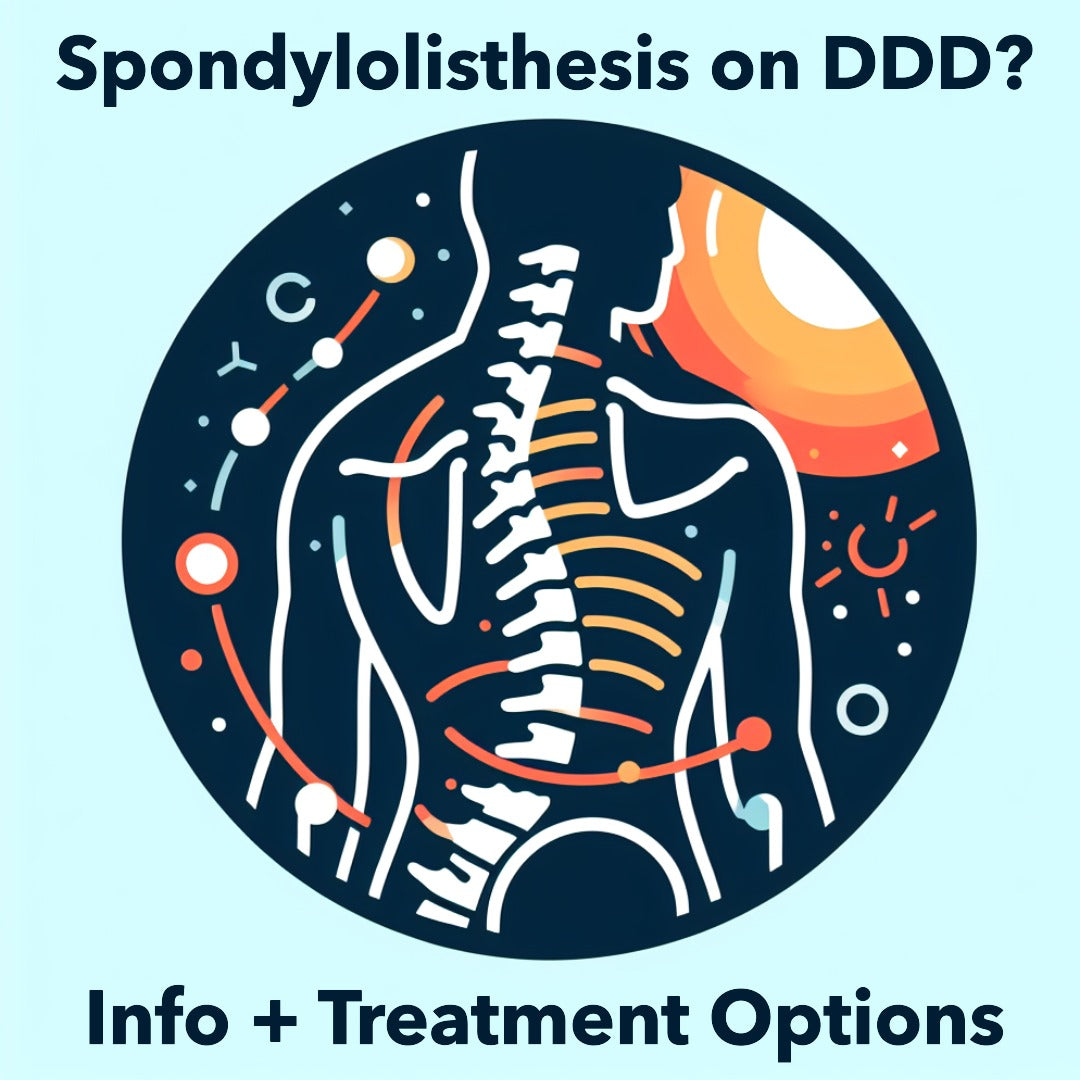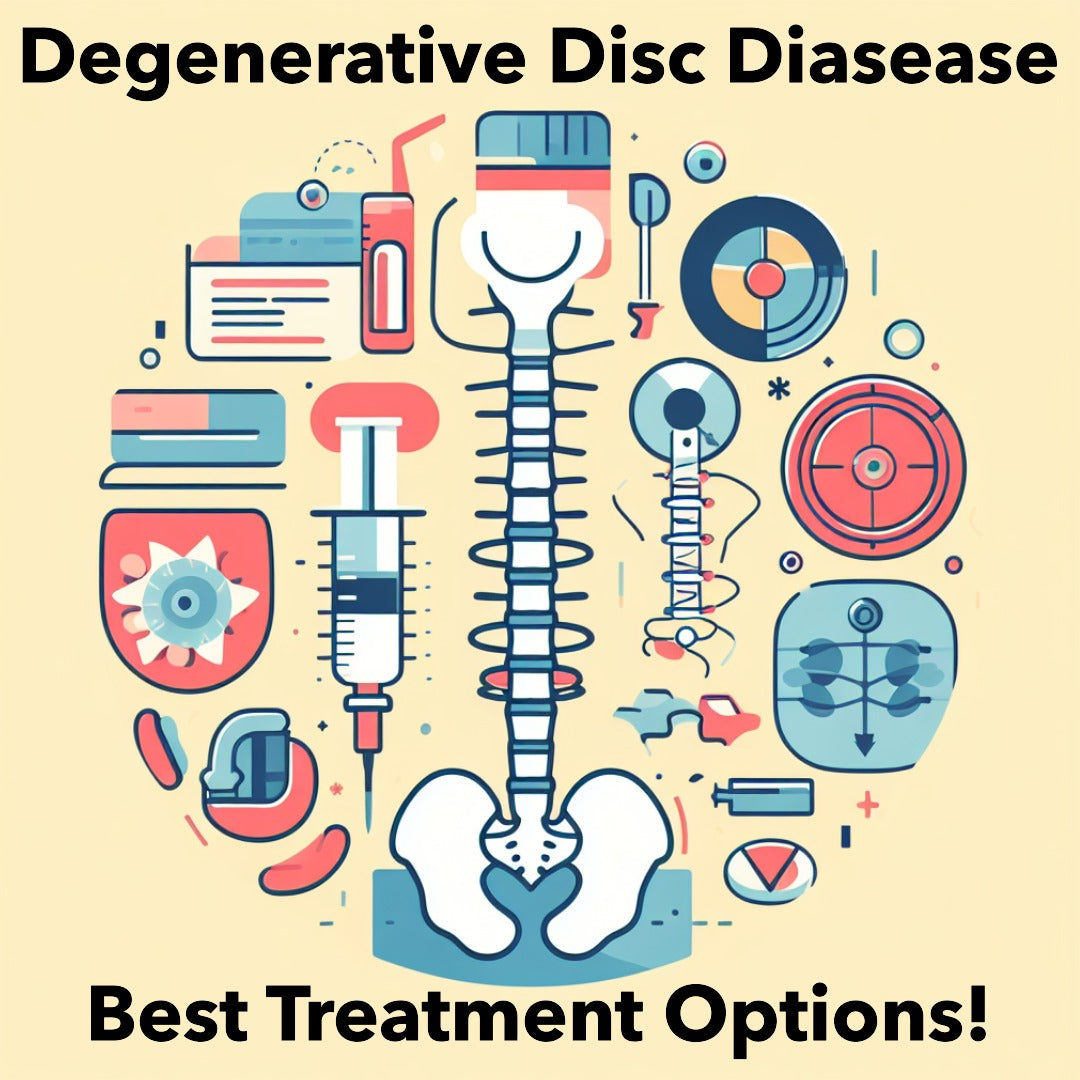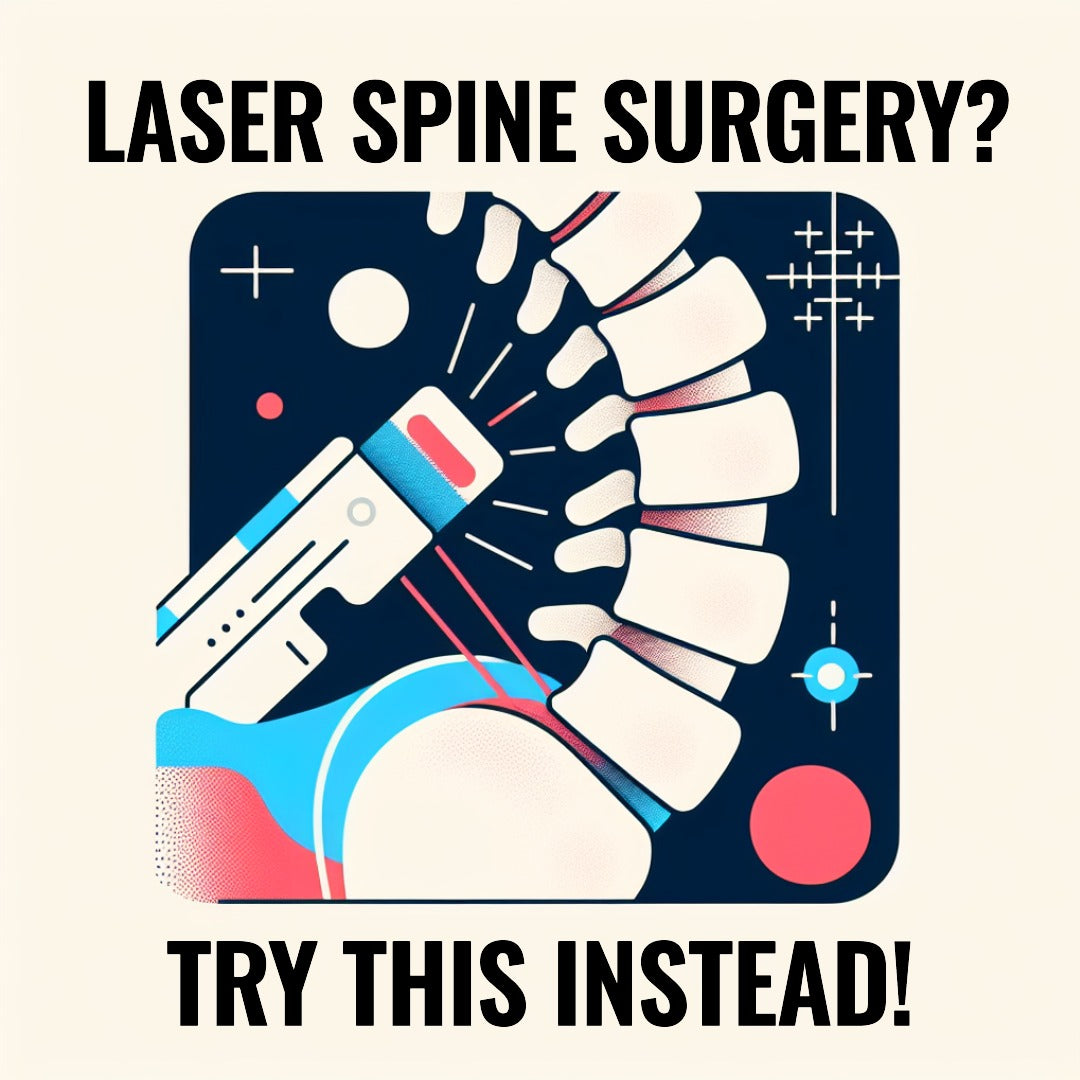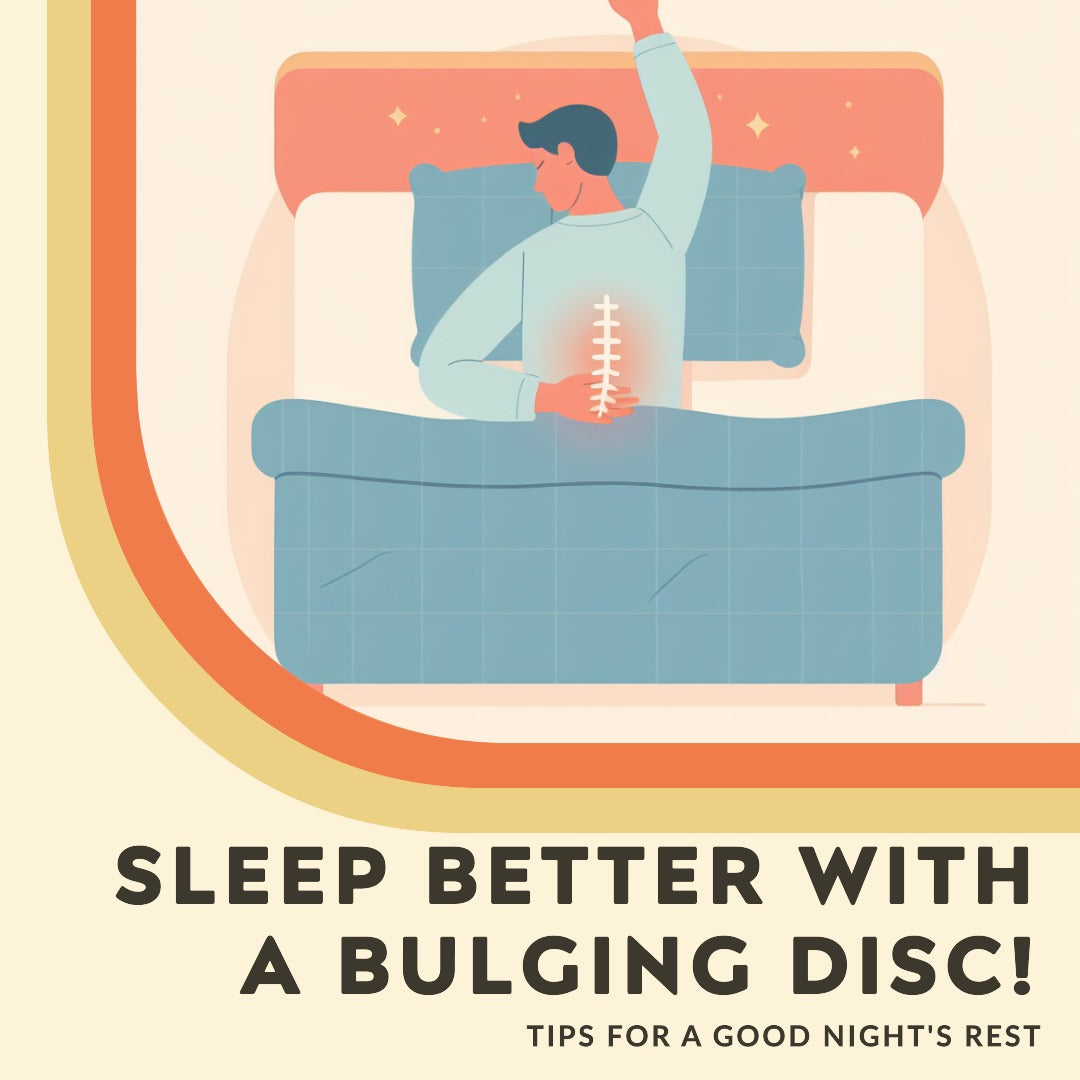
Lumbar Herniated Disc Treatment Without Surgery: Our Top Solutions
Our Unique Guide
| Our Quick Links | Jump to Topic |
|---|---|
| 1. Initial Pain Control | 6. Physical Therapy |
| 2. Medications | 7. Epidural Injections |
| 3. Heat and Ice Therapy | 8. Spinal Manipulations |
| 4. Rest and Activity Modification | 9. Decompression Belt |
| 5. Additional Therapies | 10. Risk Factors and Urgency of Treatment |
Initial Pain Control
From our perspective, the most urgent need when symptoms first appear is controlling the intense pain. Initial pain control options are likely to include:
- Ice application: Application of ice or a cold pack may be helpful to ease initial inflammation and muscle spasms associated with a lumbar herniated disc.
- Pain medications: The doctor may recommend non-prescription non-steroidal anti-inflammatory medications (NSAIDs) such as ibuprofen or naproxen to treat pain and inflammation.
- Muscle relaxants: Muscle spasms may accompany a lumbar herniated disc, and these prescription medications may offer relief from the painful spasms.
Medications
We believe that medications play a crucial role in managing the pain and inflammation caused by a herniated disc. These include:
- Nonprescription pain medications: If your pain is mild to moderate, your doctor might recommend over-the-counter pain medication such as acetaminophen (Tylenol, others), ibuprofen (Advil, Motrin IB, others), or naproxen sodium (Aleve).
- Neuropathic drugs: These drugs affect nerve impulses to decrease the pain. They include gabapentin (Gralise, Horizant, Neurontin), pregabalin (Lyrica), duloxetine (Cymbalta, Drizalma Sprinkle), or venlafaxine (Effexor XR).
Heat and Ice Therapy
In our opinion, applying heat can help relieve painful muscle spasms after the first 48 hours. Heating pads, a hot compress, and adhesive heat wraps are all good options. Some people find alternating hot and cold packs provides the maximum pain relief.
Rest and Activity Modification
Our advice is that bed rest for severe pain is best limited to one or two days, as extended rest will lead to stiffness and more pain. After that point, light activity and frequent movement—with rest breaks as needed—is advised. Heavy lifting and strenuous exercise should be avoided.
Additional Therapies
We have found that a variety of treatments can be used to relieve herniated disc pain. These other therapies are often helpful for longer-term pain relief:
- Physical therapy: It is important in teaching targeted stretching and exercises for rehabilitation.
- Epidural injections: Epidural injections of steroid medications can offer pain relief in some cases.
Physical Therapy
From our perspective, physical therapy plays a crucial role in the non-surgical treatment of lumbar herniated discs. The program may also teach the patient safer ways to perform ordinary activities, such as lifting and walking.
Epidural Injections
In our experience, epidural injections of steroid medications can offer pain relief in some cases. An epidural steroid injection is intended to provide enough pain relief for the patient to make progress with rehabilitation.
Spinal Manipulations
We believe that spinal manipulations performed by a chiropractor or osteopath may also ease pain and provide a better healing environment.
Decompression Belt
One of our top recommendations for non-surgical treatment options is the use of a decompression belt. This belt can provide significant relief from the discomfort associated with a lumbar herniated disc. You can find more information about this belt at Treatopedia.com.
Risk Factors and Urgency of Treatment
It's important to understand that untreated lumbar herniated discs can lead to chronic back pain and neurological symptoms. Therefore, it's crucial to start treatment as soon as possible.


 Dr. Allan McManus,
Dr. Allan McManus,
